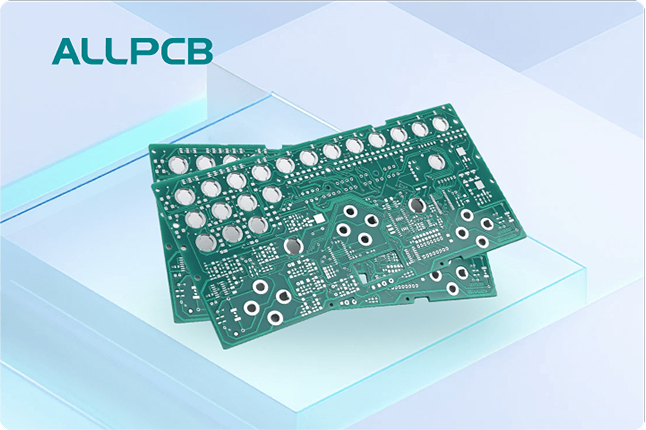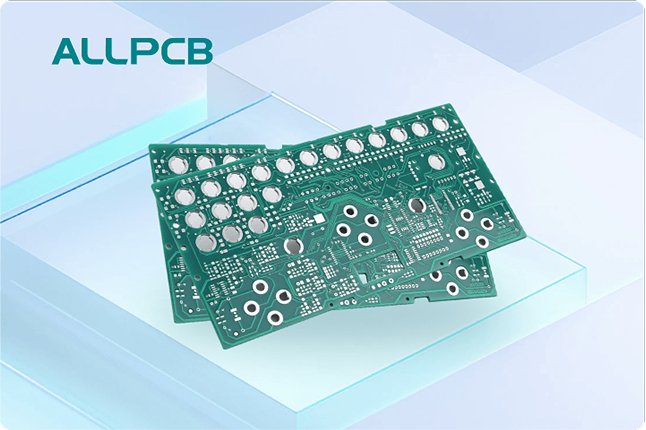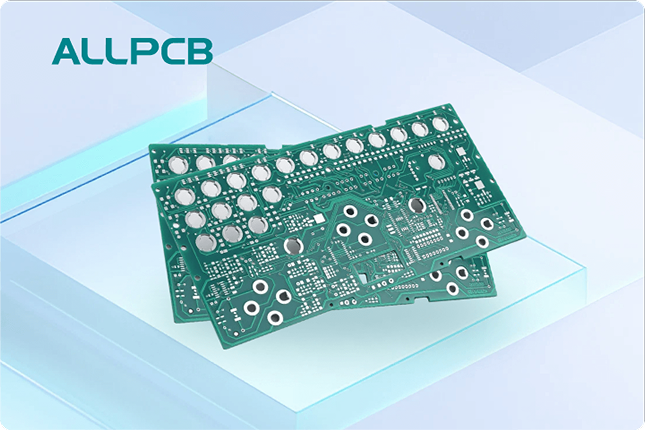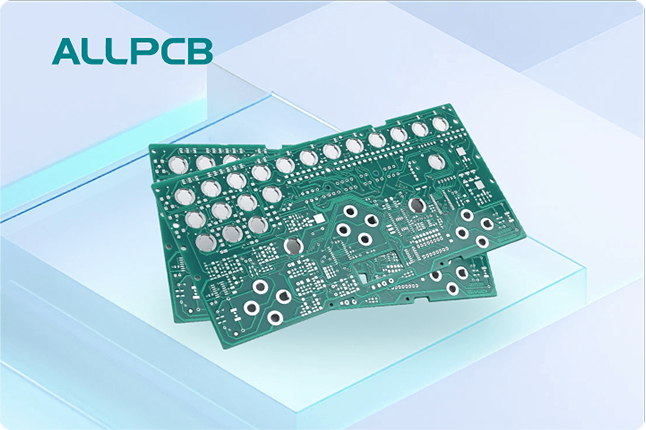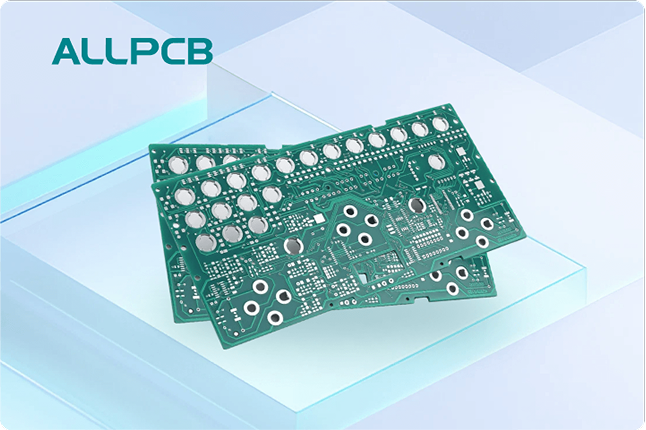In the world of printed circuit board (PCB) manufacturing, ensuring quality and reliability goes far beyond a simple visual check. For engineers and manufacturers seeking to uncover hidden defects, verify internal structures, and meet strict industry standards, advanced microsectioning techniques per IPC-TM-650 provide a powerful solution. This blog dives deep into IPC-TM-650 microsectioning PCB analysis, exploring cutting-edge methods, preparation steps, equipment, and image interpretation to help you achieve precision in PCB evaluation.
Whether you're troubleshooting a failed board or refining your manufacturing process, microsectioning offers a detailed look inside your PCB. Let’s explore how these techniques, guided by IPC-TM-650 standards, can elevate your quality control and failure analysis efforts.
What Is Microsectioning and Why Does It Matter?
Microsectioning, also known as cross-sectioning, is a destructive testing method used to analyze the internal structure of a PCB. By cutting a small section of the board, mounting it, and polishing it for microscopic examination, engineers can inspect layers, plating, vias, and solder joints that are invisible to the naked eye. This process is critical for identifying issues like delamination, cracks, or insufficient copper plating that could lead to board failure.
Following the guidelines of IPC-TM-650, a comprehensive test methods manual published by the Institute of Printed Circuits, ensures that microsectioning is performed consistently and accurately. This standard outlines procedures for preparing samples, conducting tests, and interpreting results, making it a trusted resource for advanced PCB microsectioning methods. For industries like aerospace, automotive, and medical devices, where reliability is non-negotiable, microsectioning per IPC-TM-650 is often a mandatory step in quality assurance.
The Importance of IPC-TM-650 in Microsectioning
IPC-TM-650 is a collection of test methods designed to standardize the evaluation of electronic materials and processes. Specifically, methods like 2.1.1 (Microsectioning, Manual and Semi-Automatic) provide detailed instructions for preparing and analyzing PCB samples. Adhering to these standards ensures repeatability and reliability in results, which is crucial when comparing data across different labs or production runs.
For example, IPC-TM-650 specifies how to measure copper plating thickness in through-holes, often requiring a minimum of 25 microns for high-current applications (such as 2-3 amps per via). This level of precision helps manufacturers meet standards like IPC-6012 for PCB qualification, ensuring boards can withstand operational stresses.
Advanced PCB Microsectioning Methods
Moving beyond basic techniques, advanced PCB microsectioning methods incorporate specialized tools and approaches to achieve higher accuracy and uncover subtle defects. Here are some key methods aligned with IPC-TM-650:
- Precision Cutting: Using diamond saws or laser cutting tools to minimize vibration and heat, which can cause delamination or micro-cracks. This ensures the sample remains intact for accurate analysis.
- Automated Polishing: Employing automated grinding and polishing machines to achieve a mirror-like finish on the sample. This reduces human error and ensures consistent surface quality for microscopic inspection.
- Etching for Contrast: Applying chemical etchants to highlight specific features, such as grain boundaries in copper layers. This makes it easier to identify defects like voids or poor adhesion.
- Digital Imaging and Analysis: Using high-resolution microscopes paired with software to measure features like layer thickness or via barrel cracks. Digital tools can quantify defects with precision, often down to 0.1 microns.
These advanced methods are particularly useful for high-density interconnect (HDI) boards, where layers are thinner (often less than 100 microns) and defects are harder to detect. By following IPC-TM-650 protocols, manufacturers can ensure that even the smallest issues are identified before they lead to field failures.
Preparing PCB Samples for Microsectioning
Proper preparation is the foundation of effective microsectioning. Mishandling samples during preparing PCB samples for microsectioning can lead to damage, rendering the analysis useless. Here’s a step-by-step guide based on IPC-TM-650 guidelines:
- Sample Selection: Choose a representative section of the PCB, ideally near critical areas like high-current vias or complex multilayer stacks. Avoid areas with visible damage unless failure analysis is the goal.
- Cutting: Use a low-speed precision saw with a diamond blade to cut the sample. Keep the cutting speed slow (around 200-300 RPM) to prevent heat buildup, which can cause delamination.
- Mounting: Embed the sample in a resin or epoxy to stabilize it for grinding. Ensure the mounting material fully encapsulates the sample to avoid movement during polishing.
- Grinding and Polishing: Start with coarse abrasives (e.g., 120-grit silicon carbide paper) to remove excess material, then move to finer grits (up to 1200-grit) for a smooth finish. Final polishing with a 0.05-micron alumina suspension creates a mirror-like surface.
- Cleaning: Rinse the sample with isopropyl alcohol and dry it with compressed air to remove debris. Any residue can obscure microscopic details.
Attention to detail during preparation is critical. For instance, excessive pressure during grinding can introduce artificial cracks, while insufficient polishing can hide defects. Following IPC-TM-650 ensures that each step is performed with precision, yielding reliable results.
Microsectioning Equipment and Supplies
Investing in the right microsectioning equipment and supplies is essential for achieving high-quality results. Here’s a breakdown of the key tools needed for IPC-TM-650-compliant microsectioning:
- Precision Cutting Tools: Low-speed saws with diamond or abrasive blades for clean cuts. These tools minimize thermal and mechanical stress on the sample.
- Mounting Materials: Epoxy resins or acrylic compounds to secure the sample. Cold-mounting materials are preferred to avoid heat damage to delicate PCBs.
- Grinding and Polishing Machines: Automated systems with adjustable speeds and pressure settings. These machines often include rotating platens and abrasive discs ranging from 120 to 1200 grit.
- Microscopes: Optical microscopes with magnification up to 1000x for detailed inspection. Digital microscopes with image capture capabilities are ideal for documentation and analysis.
- Etchants and Consumables: Chemical solutions like ferric chloride for revealing copper structures, along with polishing cloths and alumina suspensions for finishing.
For high-volume production environments, investing in automated equipment can save time and improve consistency. Even small labs, however, can achieve excellent results with manual tools if proper techniques are followed per IPC-TM-650 standards.
Interpreting Microsection Images
Once the sample is prepared, the next step is interpreting microsection images to draw meaningful conclusions. This requires a trained eye and familiarity with IPC-TM-650 acceptance criteria. Here are some key aspects to evaluate:
- Copper Plating Thickness: Measure the thickness of copper in through-holes and vias. IPC-6012 often requires a minimum of 25 microns for Class 3 products (high-reliability applications). Thin plating can lead to thermal stress failures.
- Layer Alignment: Check for misalignment in multilayer boards. Even a 50-micron shift can cause signal integrity issues in high-speed designs operating at 5 GHz or higher.
- Cracks and Voids: Look for cracks in solder joints or voids in copper plating. These defects can compromise electrical conductivity and mechanical strength.
- Delamination: Inspect for separation between layers, often caused by poor lamination or thermal stress. Delamination can lead to open circuits or signal loss.
- Grain Structure: After etching, examine the copper grain structure for uniformity. Irregular grains may indicate contamination or improper plating processes.
Digital imaging software can enhance interpretation by providing precise measurements and annotations. For example, measuring a via barrel crack down to 0.2 microns helps determine if it falls within acceptable limits. Comparing findings against IPC-TM-650 criteria ensures that decisions are based on industry-recognized benchmarks.
Common Challenges in Microsectioning and How to Overcome Them
Despite careful preparation, microsectioning can present challenges that affect accuracy. Here are some common issues and solutions:
- Sample Damage During Cutting: Excessive heat or vibration can cause delamination. Use low-speed cutting tools and coolant to minimize stress.
- Poor Polishing Quality: Uneven surfaces can obscure details. Follow a systematic grinding sequence and use fresh abrasives to ensure a mirror finish.
- Interpretation Errors: Misidentifying artifacts as defects can lead to false conclusions. Train personnel in recognizing common issues and cross-check findings with IPC-TM-650 guidelines.
By addressing these challenges, manufacturers can ensure that microsectioning delivers actionable insights rather than misleading data.
Benefits of Microsectioning for PCB Quality and Reliability
Microsectioning per IPC-TM-650 offers numerous benefits for PCB manufacturers and engineers. It ensures compliance with industry standards, identifies hidden defects before they cause failures, and provides feedback for process improvement. For high-stakes applications, such as medical devices operating in life-critical environments, this analysis can prevent catastrophic failures and costly recalls.
Moreover, microsectioning supports data-driven decision-making. For instance, discovering that copper plating thickness averages only 20 microns (below the 25-micron requirement) can prompt adjustments in the electroplating process, improving future production runs.
Conclusion: Elevating PCB Analysis with IPC-TM-650 Microsectioning
Advanced microsectioning techniques per IPC-TM-650 take PCB analysis far beyond visual inspection, offering a detailed view of internal structures and potential defects. By mastering IPC-TM-650 microsectioning PCB analysis, using advanced PCB microsectioning methods, carefully preparing PCB samples for microsectioning, investing in the right microsectioning equipment and supplies, and accurately interpreting microsection images, manufacturers can achieve unparalleled quality and reliability in their products.
Whether you’re validating a new design or conducting failure analysis, microsectioning is an indispensable tool. Embrace these techniques to uncover hidden issues, meet stringent standards, and ensure your PCBs perform flawlessly in any application.
 ALLPCB
ALLPCB


